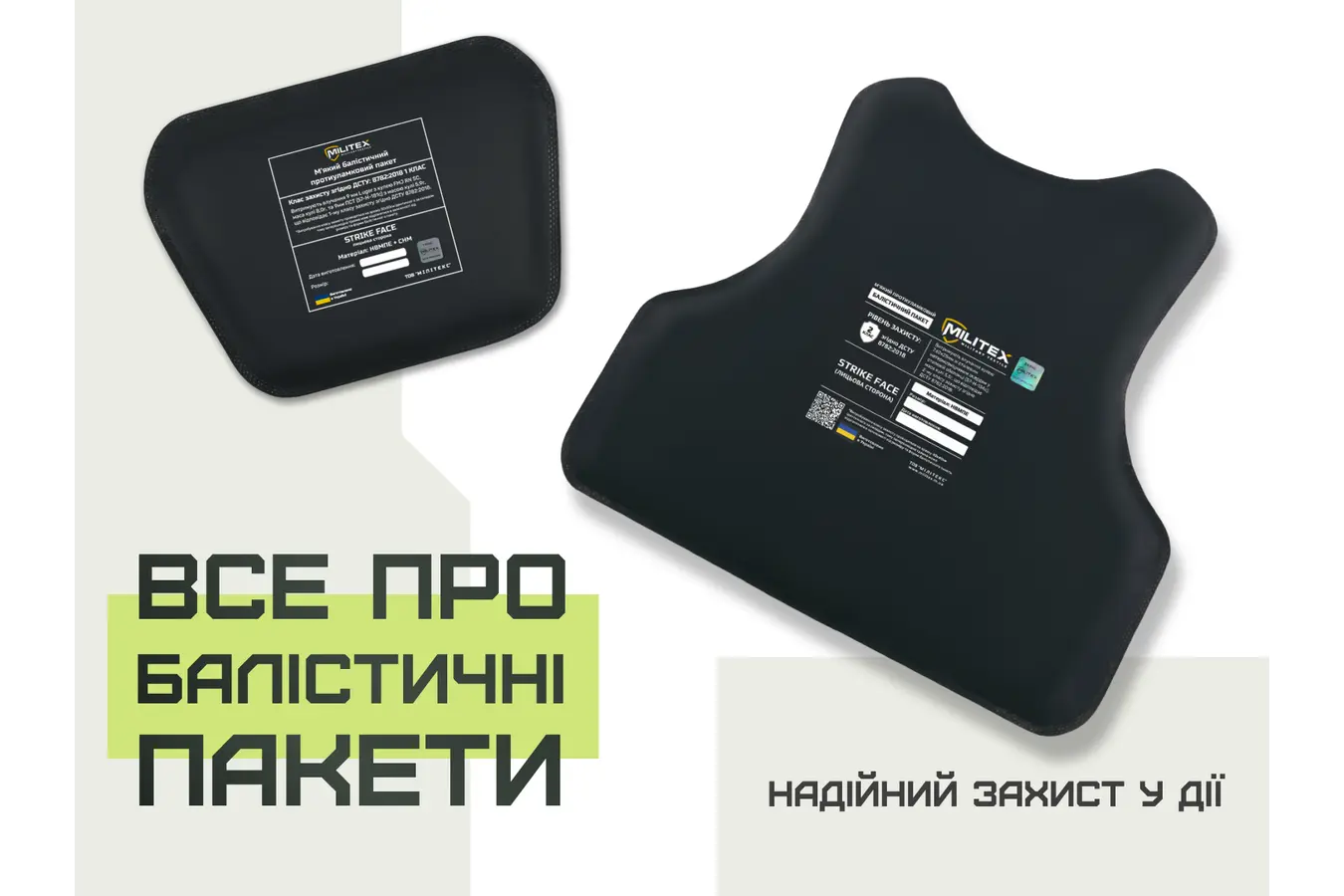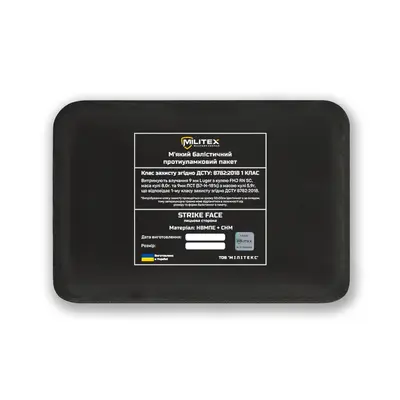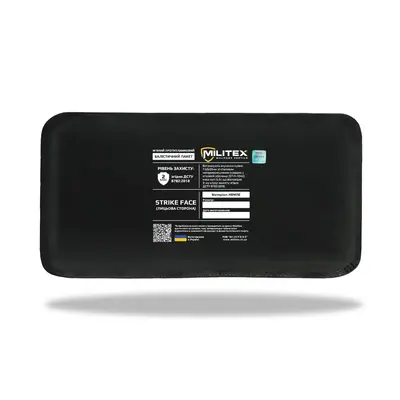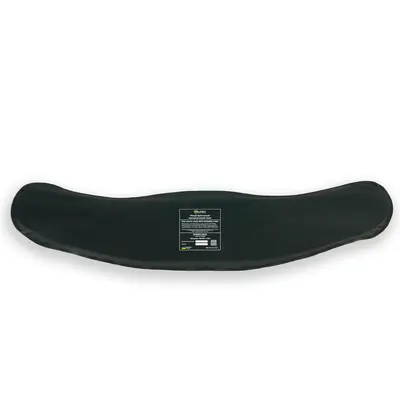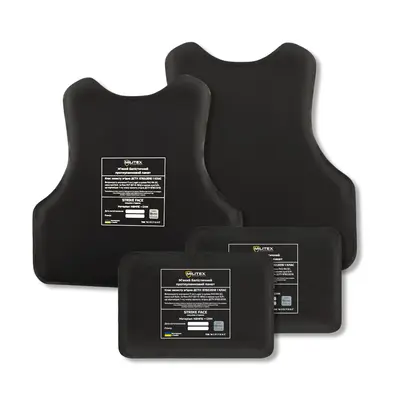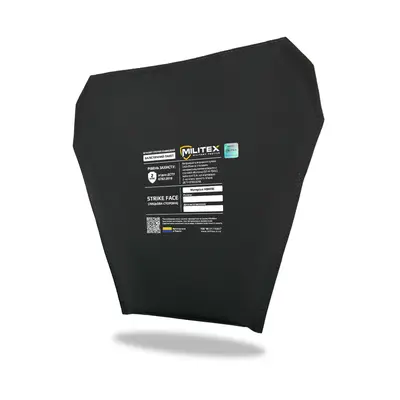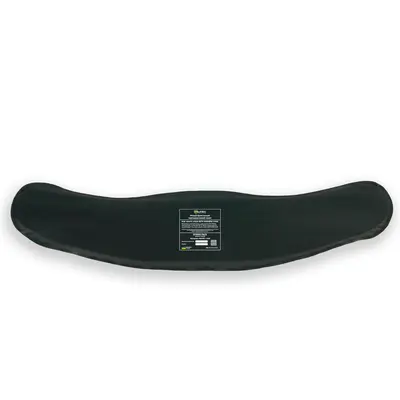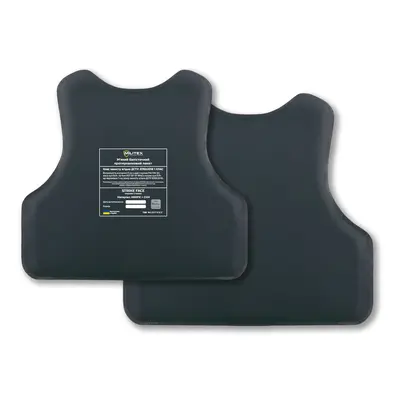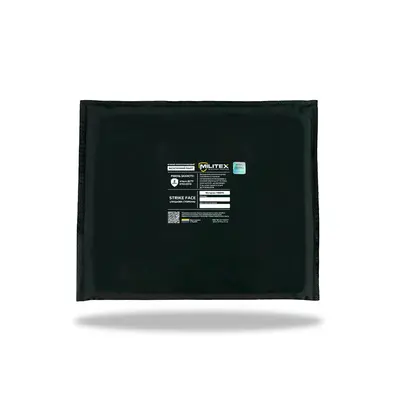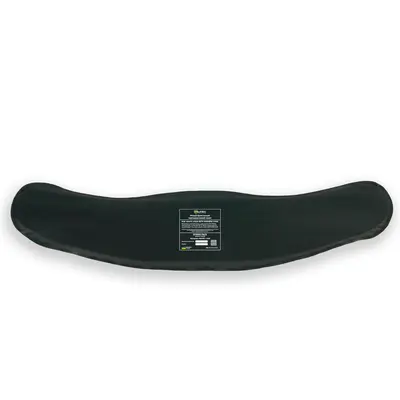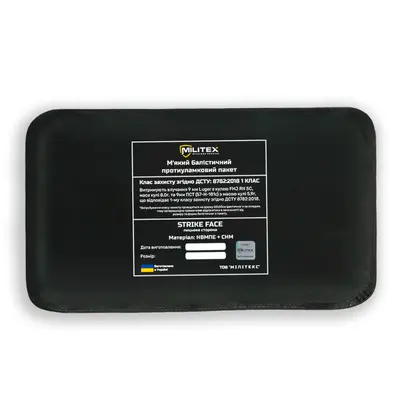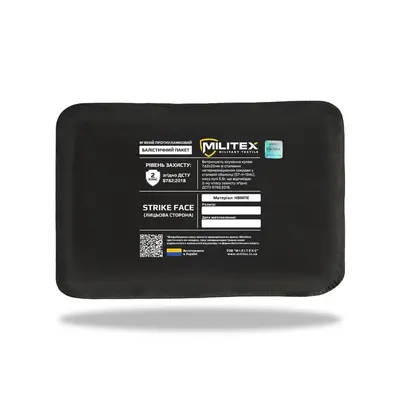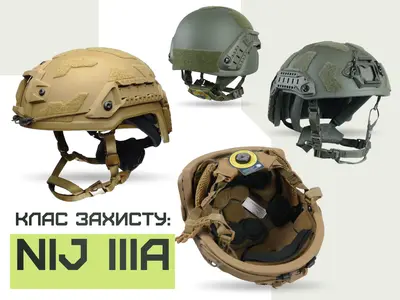Ballistic panels are an important element of protective gear, often used to reinforce armor in bulletproof vests. Their main function is to absorb and distribute the impact energy, helping to stop bullet ricochets, shrapnel, and also prevent knife injuries. This equipment is indispensable for those who require reliable protection in challenging and dangerous conditions.
Advantages of Ballistic Panels
The main advantage of these products is their high level of protection. Thanks to special materials such as aramid or ultra-high-molecular-weight polyethylene, ballistic panels effectively stop bullets or fragments, preventing them from penetrating the body. These fabrics are designed to absorb impact energy, significantly reducing the risk of serious injuries.
Another advantage is their lightness and flexibility. Unlike traditional armor, ballistic panels provide freedom of movement, which is important for military personnel and workers in dynamic situations. They also easily adapt to the body shape and can be worn under clothing, making them comfortable even during prolonged use.
Additionally, the flexible design of ballistic panels increases comfort, ensuring convenient wear even in the most challenging conditions.
Disadvantages to Consider
Although ballistic panels have many advantages, there are certain drawbacks. In particular, they do not always provide protection against pointed bullets or those with high kinetic energy.
The materials used in panels can also be sensitive to external factors. For example, aramid can lose its protective properties when wet, and polyethylene becomes less effective under high temperatures. However, these drawbacks can be minimized by protecting the ballistic panel with a special cover.
It is also worth noting that due to the use of advanced materials, the cost of such panels may be higher compared to traditional armor. However, their effectiveness and comfort justify this investment.
Who Can Use Ballistic Panels?
Ballistic panels are used by military personnel operating in combat zones. They significantly increase the level of protection, helping to avoid serious injuries even in the most dangerous situations.
In addition to the military, ballistic panels are widely used by law enforcement. Police officers performing tasks in high-risk areas often choose this gear for additional protection against bullets and knife attacks.
Civilians may also need such equipment. For example, security guards, journalists working in hot zones, or medical personnel providing frontline aid use ballistic panels to reduce the risk of injury.
How to Choose the Right Ballistic Panel?
Choosing a ballistic panel requires a thoughtful approach, as it directly affects the user's level of protection. Here are the main aspects to consider:
-
Threat assessment: Before choosing a panel, clearly evaluate the dangers it should protect against. For example, bullets of different calibers, shrapnel from explosive devices, or cold weapons.
-
Protection area: Determine which part of the body requires additional protection. Some ballistic panels only protect the chest, while others cover the back, sides, or even limbs.
-
Product specifications: Carefully study the technical parameters of the panel—materials, protection level according to standards (e.g., NIJ or DSTU), weight, and usability. This will help ensure the chosen panel meets your requirements or the requirements of the person for whom it is intended.
Ballistic panels are indispensable for many professions, including military personnel, police officers, and security workers. While they may have certain drawbacks, such as weight or movement limitations, their effectiveness in providing safety makes them a practical choice for high-risk environments.
